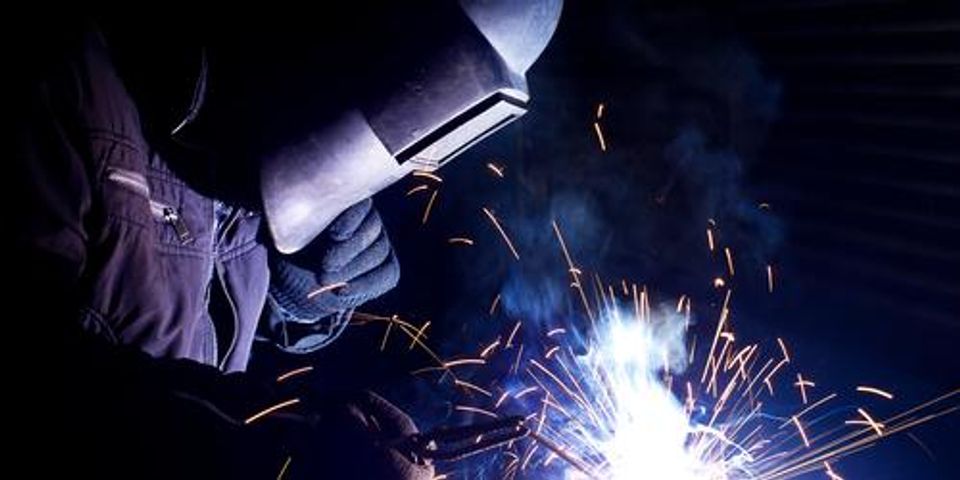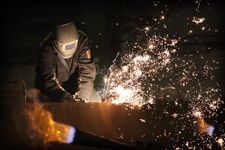A Brief History of Welding Safety Equipment

The welding safety equipment we know today encompasses the most advanced features to keep welders protected against serious burns and eye damage. Yet, gear for welders wasn’t always so sophisticated. Here, we take a brief look into the history of safety gear to help us better understand and appreciate the critical protective qualities of modern-day equipment.
A Brief History of Welding Equipment
When Did Welding Originate?
The practice of fusing metal together isn’t just centuries old; it actually dates back to the Bronze and Iron Ages. While this early form of welding certainly didn’t employ the equipment used today, it’s likely the original welders did work with extremely high temperatures to join metals, which may have resulted in serious injuries as a result of limited protective gear.
By the 1920s, technology advanced dramatically, when shielding gas was introduced in the industry to prevent against oxygen-related damage. Then, during the 1930s, further modernization made it possible to weld metals such as magnesium and aluminum, and arc welding and automatic welding became prominent. By this time, welds were commonly made in the factory setting, which warranted a need for protective gear. For this reason, eye goggles and face shields were introduced to keep workers safe.
When Was the Modern Welding Helmet Developed?
 During World War II, many men joined the armed forces, leaving behind manufacturing jobs in which welding was required. Individuals who were still able to contribute to the workplace needed heavy-duty gear to carry out these jobs, which is why modern whole-head helmets were developed. Covering more areas of the skin than the eyes alone, these helmets helped to minimize risks of burns associated with splashes from welds.
During World War II, many men joined the armed forces, leaving behind manufacturing jobs in which welding was required. Individuals who were still able to contribute to the workplace needed heavy-duty gear to carry out these jobs, which is why modern whole-head helmets were developed. Covering more areas of the skin than the eyes alone, these helmets helped to minimize risks of burns associated with splashes from welds.
In the 1970s, the government enforced the Occupational Safety and Health Act (OSHA), which regulates safety practices in the workplace. This act is still in place today, and helps ensure employers follow proper safety measures to minimize job-related injuries and illnesses. It’s especially important for enforcing the wearing of proper safety gear in inherently dangerous lines of work, such as welding. In next decade, the welding helmet got an upgrade: New models featured auto-darkening capabilities, to help reduce the risk of retina burn resulting from the bright arc welding creates.
Nowadays, there are dozens of welding helmets and safety supplies available to suit each welder’s unique needs. For welders in the Waynesboro, VA, area, Wayne Oxygen & Welding Supply is the premier source for safety gear, as well as tools, gas, and equipment. To speak with one of their knowledgeable associates, call (540) 942-4145. Or, visit their website for additional information.
About the Business
Have a question? Ask the experts!
Send your question

